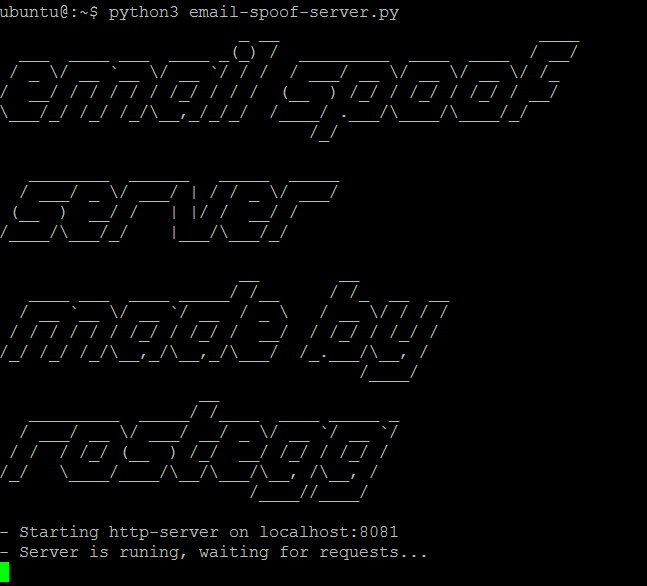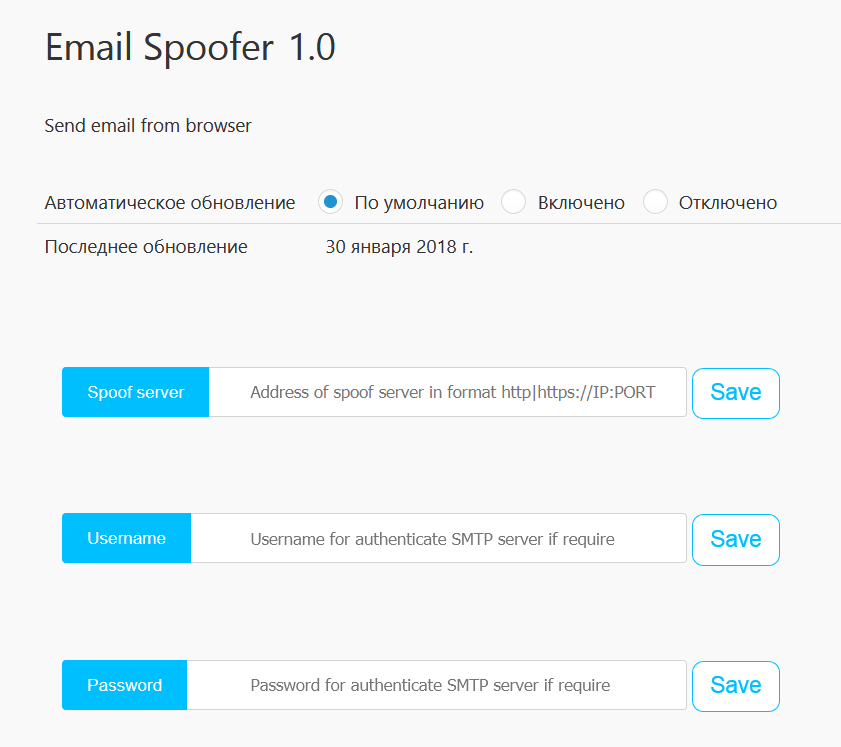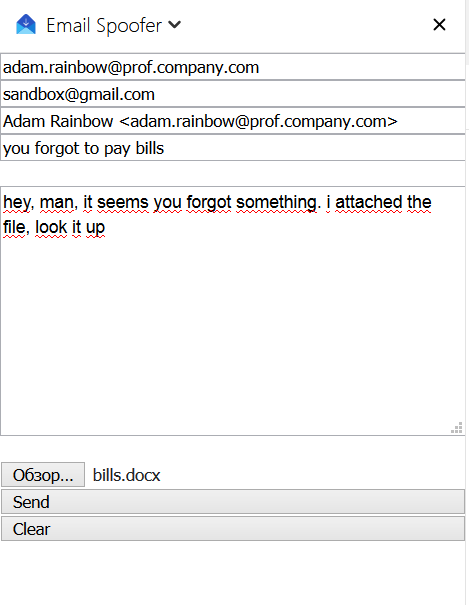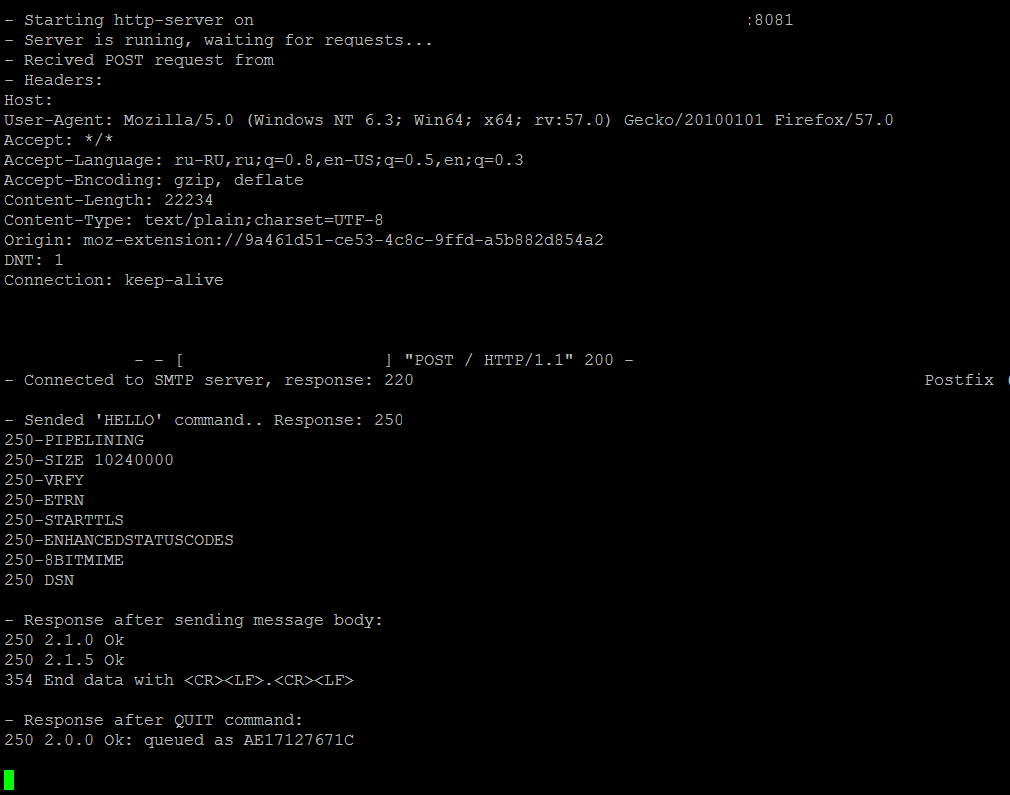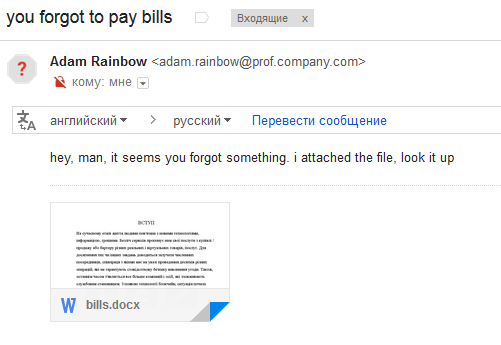python3 email-spoof-server.py
Options:
-i, --hip The address on which the server will be deployed (by default localhost)
-p, --hport Port on which the server will be deployed (by default 8081)
-s, --sip The address of SMTP server (by default localhost)
-d, --sport Port of SMTP server (by default 25)
-c, --certificate Path to SSL certificate for https connection (can be generated using openssl)
You can install webextension from package or temporarily install the addon by adding a manifest.json file (tutorial for firefox here)
chmod +x webextension/build.sh
sh webextension/build.sh
Or just use command in 'webextension' directory: ./gradlew runDceKotlinJs --continuous
Extension was tested only on Firefox
After installation in the sidebar, the message sending panel will appear
After installation, you need to configure the options in the options section
More examples in "Example of usage" section
A http server is being deployed, which receives requests (in json format) to send a message. Then the connection to the SMTP server opens, which sends the SMTP commands via socket, replacing the header "MAIL FROM"
You can access the server using POST request with json data:
{
"from":"from@mail.com" <email, from which the letter will come>
"to": "to@mail.com" <email, where to send message>
"sign": "Adam <from@mail.com>" <signature of message>
"subject": "Test information" <subject of letter>
"text": "This is a test message" <body of letter>
"user": "user" <optional parameter, require if SMTP server authentication enabled>
"pass": "password" <optional parameter, require if SMTP server authentication enabled>
"file": "JVBERi0xLjcKJeLjz9MKOSAwIG9iago8PCAvVHlwZSAvUG...." <optional parameter, base64 content of attachment file>
"contentType": "aplication/pdf" <optional parameter, MIME type of file>
"file_name": "file.pdf" <optional parameter, name of attachment file>
}
If you want to access the server from webextension via https, first you need to add a certificate In firefox it can be done simply: - FireFox -> Options -> Advanced -> Certificates -> View Certificates -> Servers -> Add Exception.
- Run email-spoof-server.py (for SMTP server i use Postfix)
- Run extension and fill in the necessary fields in the settings section
- Fill in the fields in the message sending panel, for example:
- The server responds to the message
- A status message will appear in the browser
- Enjoy


